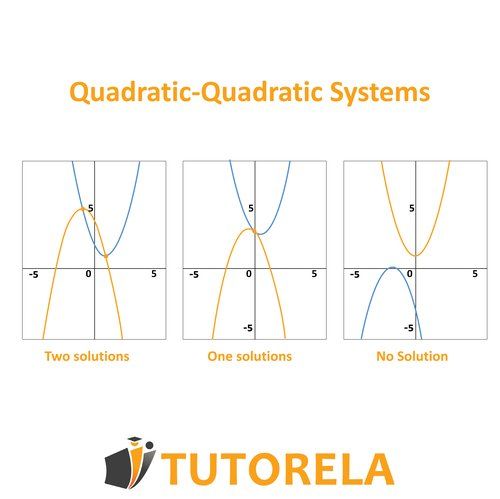In this problem we are required to calculate the value of the expression:
(a+by)2(a−by)=?
This is without solving the system of equations,
Let's examine the given system:
{a2x3+2abx2y=−2a(ax+by)a(x+1)=−by
In this system there are two equations with two unknowns and two parameters, one of the equations is of a higher degree, and the second is of first degree,
From which we need to calculate the value of the requested expression, without solving the system,
Let's try to find hints in the question and find another "trick", for this we can first notice that the expression:
ax+by
Which appears inside the multiplication on the right side in the first equation, can also be found in the second equation, by opening parentheses and moving terms:
(a(x+1)=−by↓ax+a=−byax+by=−a
In other words, we can substitute the value of this expression completely in the first equation, let's do this (for convenience in calculation we'll show the complete system of equations):
{a2x3+2abx2y=−2a(ax+by)a(x+1)=−by→ax+by=−a↓a2x3+2abx2y=−2a(−a)a2x3+2abx2y=2a2
We have therefore received a simpler equation, but still of a higher degree with two unknowns, let's try to reduce the degree of the expression on the left side,
Note that in this expression we can factor out a common term:
a2x3+2abx2y=2a2↓x(a2x2+2abxy)=2a2
Now let's look at the expression in parentheses, and think again about the second equation we got in the system of equations:
{x(a2x2+2abxy)=2a2ax+by=−a
We can see that, by completing the square in the expression, we can use the second equation again, this is done by presenting the expression in parentheses as a binomial squared plus a correction term, remember that for this we need to identify the missing term in the expression so we can complete the square, and then add and subtract it from the expression:
x(a2x2+2abxy)=2a2↓x((ax)2+2axby)=2a2x((ax)2+2axby+(by)2−(by)2)=2a2x((ax)2+2axby+(by)2−b2y2)=2a2↓x((ax+by)2−b2y2)=2a2
Let's now show the system of equations we got after the last step, then we'll substitute the value of the expression from the second equation into the first equation (bottom line) and simplify:
{x(a2x2+2abxy)=2a2ax+by=−a↓{x((ax+by)2−b2y2)=2a2ax+by=−a↓x((−a)2−b2y2)=2a2x(a2−b2y2)=2a2
Now we can examine our goal - calculating the value of the expression:
(a+by)2(a−by)=?
We can see that we are already very close to getting the value of this expression from the equivalent system of equations we received (we'll also note the second equation):
{x(a2−b2y2)=2a2ax+by=−a
We can now use factoring using the difference of squares formula, and factor the expression in parentheses, we can also now isolate x from the second equation, let's do this in parallel:
{x(a2−b2y2)=2a2ax+by=−a↓{x(a2−(by)2)=2a2ax=−(a+by)/:a↓{x(a+by)(a−by)=2a2x=−aa+by
Now let's substitute the isolated unknown in the first equation, identify the requested expression, and calculate its value by isolating it:
{x(a+by)(a−by)=2a2x=−aa+by↓−aa+by⋅(a+by)(a−by)=2a2−a(a+by)(a+by)(a−by)=2a2/⋅(−a)(a+by)2(a−by)=−2a3
Therefore the correct answer is answer D
